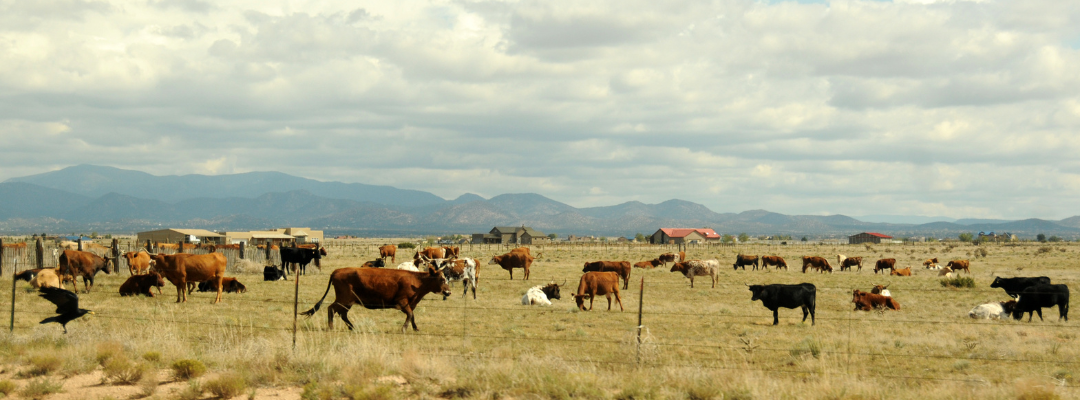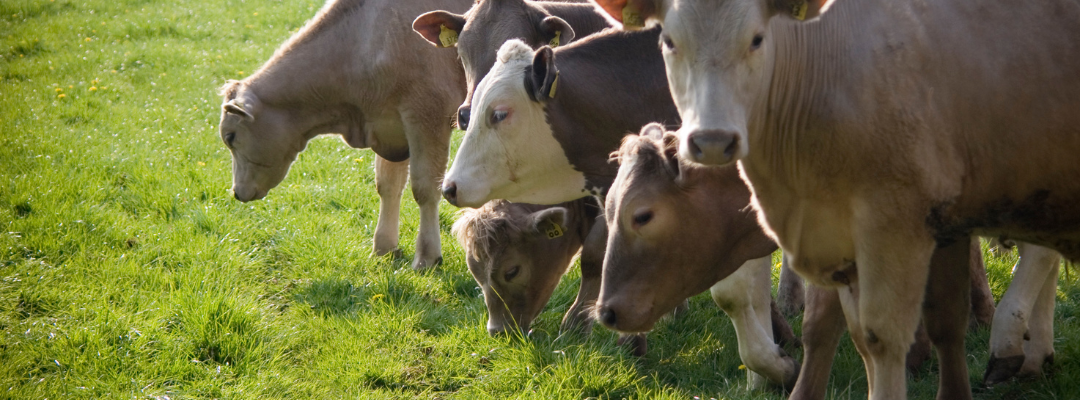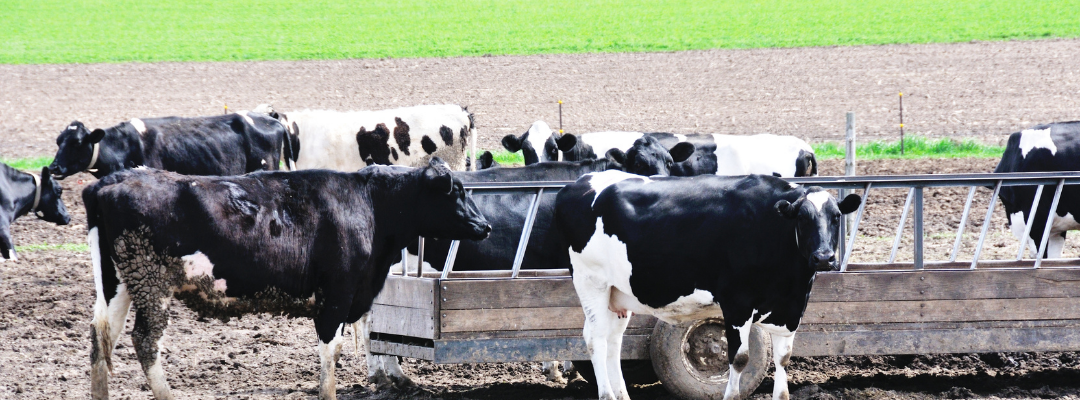On livestock market Tuesdays, the authors normally highlight events in livestock markets. Today we are looking beyond the farmgate to examine wholesale beef prices (we’ll look at pork, poultry, and dairy products in future SATs). The boxed beef cutout is the value of the primal cuts making up a carcass. The cutout is below last year across all USDA quality grades. Digging a little deeper into individual cut prices paints a pretty interesting picture of beef prices this year and provides some price evidence of changing consumers.
We can think of the middle meats of a beef carcass as the expensive, high value cuts – the steaks from the loin and the rib. The end meats are the chuck and round and are, generally, lower valued. With consumers facing higher costs and budget pressures we might expect them to buy fewer steaks and more ground beef. The wholesale price data tends to support that idea.
Wholesale ribeye prices have been below last year’s prices since the end of January. Last week ribeyes averaged $9.40 per pound compared to $14.51 per pound the same week last year. Ribeyes, traditionally, tend to peak late in the year as a holiday item and have been increasing over the last several weeks. It’s likely that they will continue to trend higher as an alternative to high priced turkeys.
Strip steaks normally peak in value during early grilling season. That peak was a little later this year at $8.81 per pound back in July. They have since dropped sharply to $6.48 last week, below last year’s $7.67 per pound in the same week. Tenderloins last week were 26 percent lower than this point a year ago.
In contrast, 90 and 50 percent lean boneless beef prices have remained above a year ago until just recently. Even in the face of large cow slaughter, lean beef prices have remained relatively high.
Wholesale beef price data certainly suggest consumers, through retailers, have likely shifted around a bit, buying fewer steaks and more ground beef. It’s also likely that the overall demand for beef has remained quite good. We continue to produce large amounts of beef and retail prices have not begun to decline. All in all, this is not bad news for calf and cattle prices this fall.


Anderson, David. “Wholesale Beef Prices“. Southern Ag Today 2(38.2). September 13, 2022. Permalink








